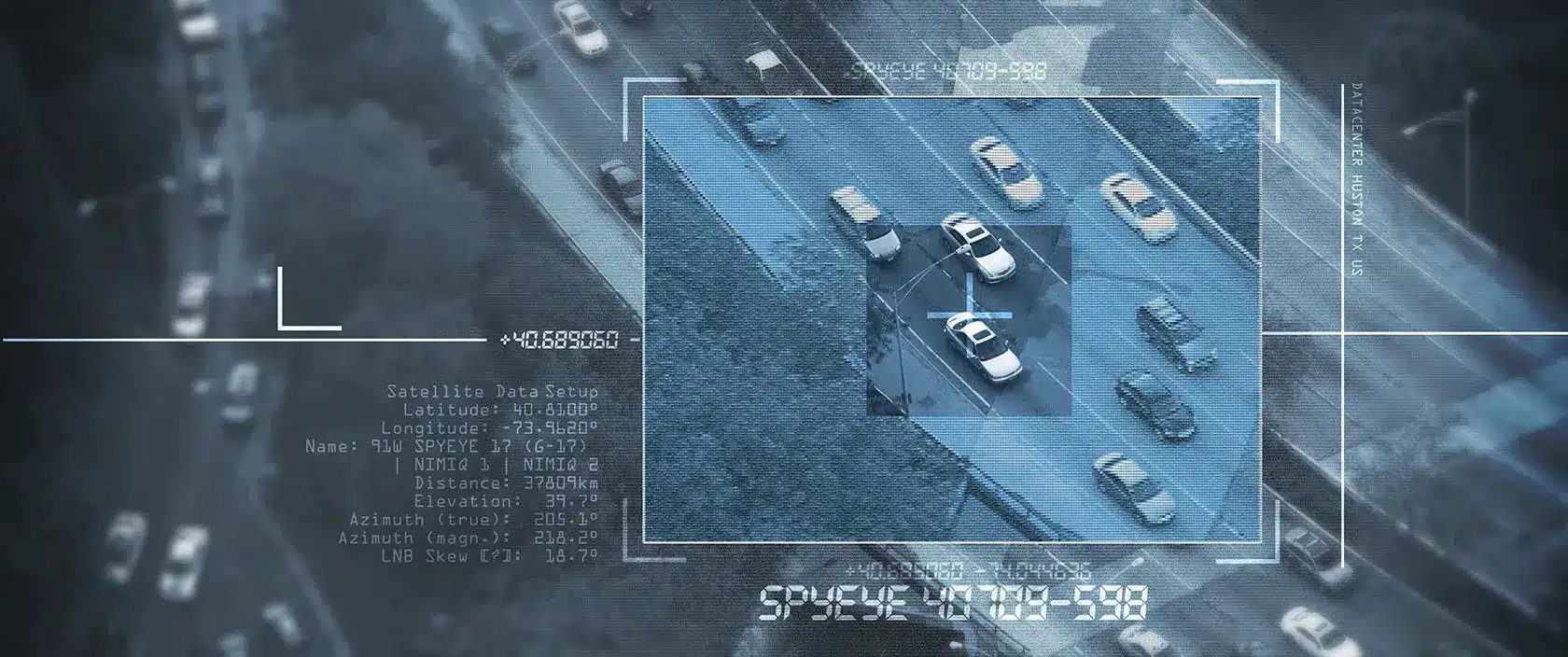Last year, natural disasters disrupted self-storage operations across America. Hurricane Harvey impacted 13 million people in five states. After the storm hit Houston, one self-storage company was forced to close 116 locations. Some of the locations reopened a few weeks later, however seven properties had to be razed and rebuilt. Nearly 6.3 million people were evacuated before Hurricane Irma hit Florida. After the storm made landfall, another self-storage group closed 125 of its locations. They estimate it will cost $10 million to complete repairs. In California, a wave of wildfires in December destroyed more than 5,700 structures. The flames and heat caused combustible contents and storage containers inside a storage unit to ignite. According to the National Oceanic and Atmospheric Administration, the damages for each incident cost $1 billion or more.
Because it’s difficult to predict how severe the impact of a disaster will be to your self-storage operations, it’s important to implement a safety plan. At the top of the list should be communications. In times of crisis, information is key. When potentially dangerous weather is on the horizon, staff and tenants need to be alerted and informed about how the property is preparing for the storm, including any changes to their operating hours and evacuation plans.
Philip Wilfong, Regional Vice President for Life Storage, said his company implements a severe weather hurricane preparedness plan when impact is imminent, usually days before severe weather strikes. The best way to restore order and restart operations is for the team to be in communication before, during and after severe disasters.
Grace Anderson from Absolute Storage Management elaborated on this concept, saying self-storage operations must communicate amongst themselves because of the changing conditions. For example, accounting needs to know if there are deposit delays and marketing would need to know what kind of information to put on the website.
Live video monitoring can also help self-storage operations during times of crisis. Trained video surveillance operators can watch your property remotely and update your self-storage operations with real-time information about your property’s condition.
If you have any questions about video monitoring and self-storage security, contact us here.
If you own or manage an office building, counting people is beneficial in emergency situations. If an evacuation is necessary, it is crucial to know how many people are inside your building at any given time. Manufacturing plants can use computer vision analytics to determine which areas of their floor are being used and which aren’t, saving on energy costs. Healthcare facilities are able to monitor movement within a hospital and can easily notify a nurse or doctor if a patient falls or needs immediate attention.
The possibilities are virtually endless when it comes to capturing data with video surveillance and computer vision analytics. Every business seeks to improve and understand their performance. By capturing accurate data, they can analyze traffic patterns, customer engagement, as well as employee performance to increase conversion rates and improve ROI.
If you would like more information about video surveillance, computer vision analytics and how they can help your business, contact us.



